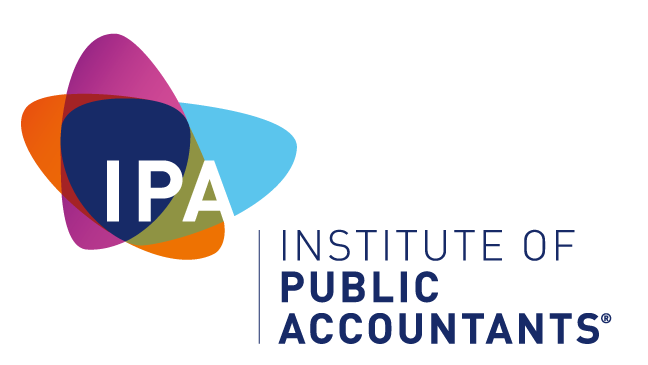Two new innovation-focused tax incentives were legislated recently: the Technology Investment Boost and the Skills and Training Boost. Whether these have a material impact on innovation and productivity relies on how they are used by small businesses.
Small businesses contribute more than half a trillion dollars to the Australian economy. With productivity growth at a 60-year low, measures to support innovation and productivity – such as technology tool adoption and training – are overdue.
Two new incentives came into effect recently: the Technology Investment Boost and the Skills and Training Boost, both of which have been backdated to cover expenditure from 29 March 2022.
The Technology Investment Boost provides SMEs with an annual turnover less than $50 million with access to a bonus 20 per cent deduction for eligible expenditure incurred on business expenses and depreciating assets to support their digital operations from 7.30pm AEST on 29 March 2022 to 30 June 2023. The maximum bonus deduction is $20,000 with an annual $100,000 cap on eligible expenditure.
This incentive covers computers and software systems, and digital media and marketing content, e-commerce expenditure and repairs, and maintenance of equipment.
The Skills and Training Boost provides SMEs with an annual turnover less than $50 million with access to a bonus 20 per cent deduction for eligible expenditure on external training of employees by providers registered in Australia. The incentive is available from 7.30pm AEST on 29 March 2022 until 30 June 2024.
This incentive does not apply to sole traders, partners, independent contractors or in-house training.
Small businesses can check whether a training provider is registered on training.gov.au, as well as on the Tertiary Education Quality and Standards Agency’s National Register of Higher Education Providers.
While these incentives are welcomed, more support on an ongoing basis is needed.
Australian firms are regressing
Currently, ‘new-to-the-world’ innovation that fuels performance relates to only 1 to 2% of Australian firms, according to a 2023 report by the Productivity Commission. It advocates diffusion – the accumulation of existing knowledge across the economy — to lift the performance of millions of businesses.
However, it says poor overall investment in capital that embeds ‘new-to-the-world’ innovation such as equipment and machinery, R&D and software are all signs diffusion has weakened.
“Where Australia lags is in new ideas and products that allow SMEs to grow, develop and, eventually, unseat larger businesses,” says Associate Professor Edward Podolski, Department of Finance, Faculty of Business and Law, Deakin Business School.
Podolski points to a recent OECD report that highlighted the great number of small businesses in Australia, but told a different story when it came to medium-sized businesses.
The relatively small number of medium-sized businesses, Podolski argues, suggests that those smaller businesses, while contributing greatly to employment and the economy, are not able to challenge established players.
“[This] is needed and expected from our smaller firms if we are to have a vibrant and competitive economy,” Podolski says.
“A concerning trend is that Australian firms have been regressing with respect to their innovative prowess both globally and in our region. For example, we have fallen from 17th to 25th on the OECD Global Innovation Index in the past eight years. On the key metrics dealing with innovative outputs, Australia ranks 37th on knowledge and technology outputs, and 27th on creative outputs.”
Podolski hopes the new tax incentives will be the boost SMEs need to increase innovation and compete on a level playing field, but says further policy work is needed to overcome key weaknesses around local firms generating novel and innovative solutions to problems.









